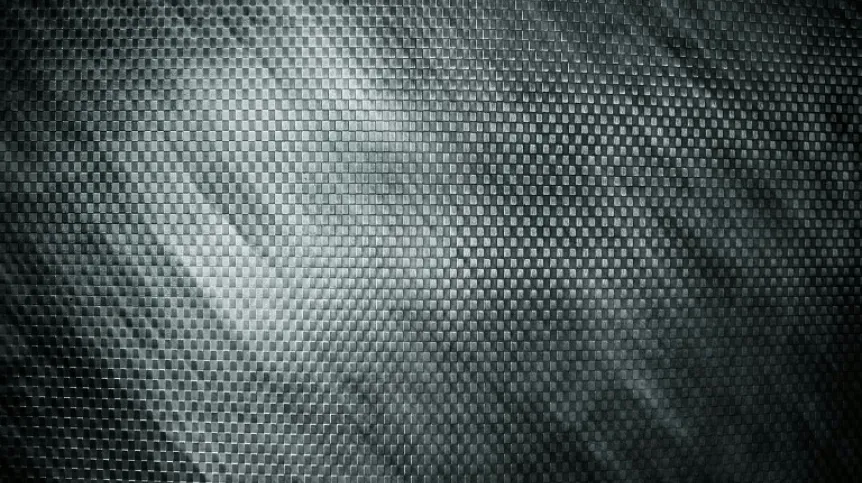
Researchers at the University of Warsaw have discovered that a certain silver, boron, and fluorine compound exhibits strong magnetic interactions, and that another compound of silver and fluorine under pressure adopts a structure similar to nanotubes.
Silver is associated with jewellery or numismatics, but not with magnets, because neither as a metal nor as its most typical chemicals (monovalent silver) does it interact strongly with the magnetic field. A team of scientists from the Laboratory of Technology of Novel Functional Materials in the Centre of New Technologies of the University of Warsaw - headed by Prof. Wojciech Grochala has proven that silver magnets exhibit many unique properties. However, they must contain rare divalent silver - in which two electrons were removed from the silver atoms. Information about the research has been published on the UW website.
Researchers from the University of Warsaw in collaboration with scientists from Slovenia, Italy, the United Kingdom, Slovakia and the US have shown that two long-known silver and fluorine compounds - AgF2 and AgFBF4 - exhibit an unusual mix of rare properties.
Researchers hope that their research is a step toward creating magnetic memory that "remembers a lot and does not forget anything". Their work may help to develop the so-called superconductor through which electricity can be transmitted without losses. It is also possible that new types of nanotubes will be developed.
ALMOST NANOTUBES
The first of the tested compounds, AgF2, exhibits strong magnetic interactions between silver cations and has a two-dimensional structure, so far only observed for copper and oxygen compounds. Such systems have been sought unsuccessfully for 30 years because they are excellent precursors for superconductors, materials that conduct electrical current without loss. What\'s more, under high pressure AgF2 adopts an unusual structure, previously unknown in chemistry. It resembles carbon nanotubes (used in medicine, for example) but is made up of atomic squares, not hexagonal shapes like nanotubes.
SILVER ATTRACTION
The other compound, AgFBF4, is made up of simple chains containing silver and fluorine atoms and groups containing boron and fluorine. It also exhibits two previously unknown properties. Magnetic interactions between the nearest silver atoms are the strongest known to date, about 25% higher than those observed for copper, oxygen and strontium compound (the strongest previously known).
These are the strongest known magnetic interactions between atoms separated by one atom of another kind.
Prof. Tomasz Dietl from the Institute of Physics of the Polish Academy of Sciences commented on the research: "In the atomic form and in typical chemical compounds, silver does not exhibit magnetic properties - the d-electron cloud contains 10 electrons and does not have a magnetic moment. The ambition of Prof. Wojciech Grochala and his colleagues is experimental and theoretical search for bivalent silver compounds in which one of the d electrons would be involved in the formation of chemical bonds, so that the d-electron cloud would become magnetic".
Dietl pointed out that the important result of the recent work of Prof. Grochala\'s team is demonstrating that in such materials not only silver becomes magnetic, but there is also an extremely strong antiferromagnetic effect, as a result of which adjacent magnetic moments have opposite directions.
PAP - Science and Scholarship in Poland
lt/ zan/ kap/
tr. RL













